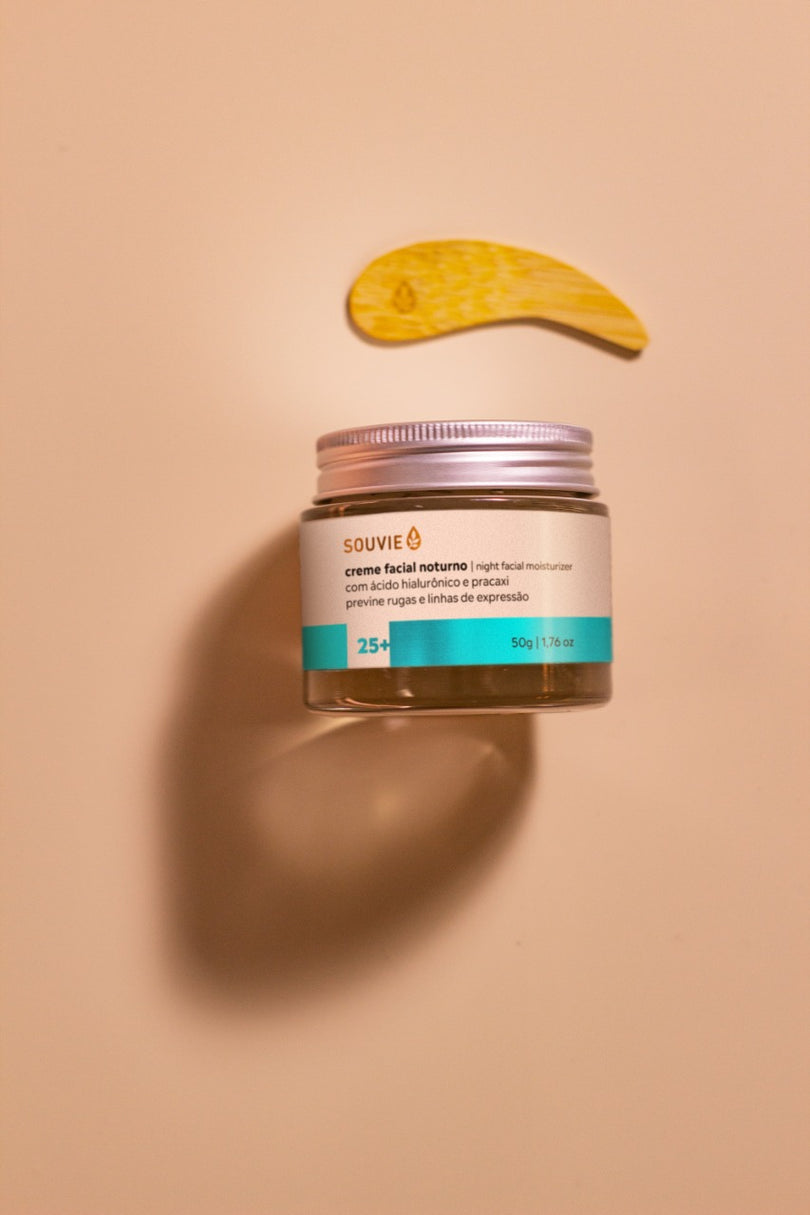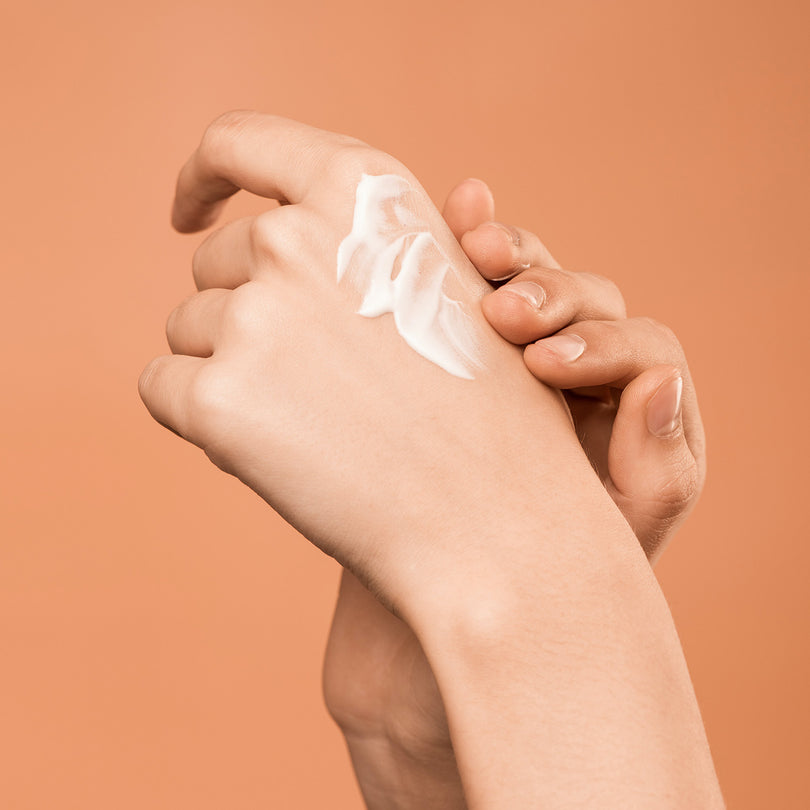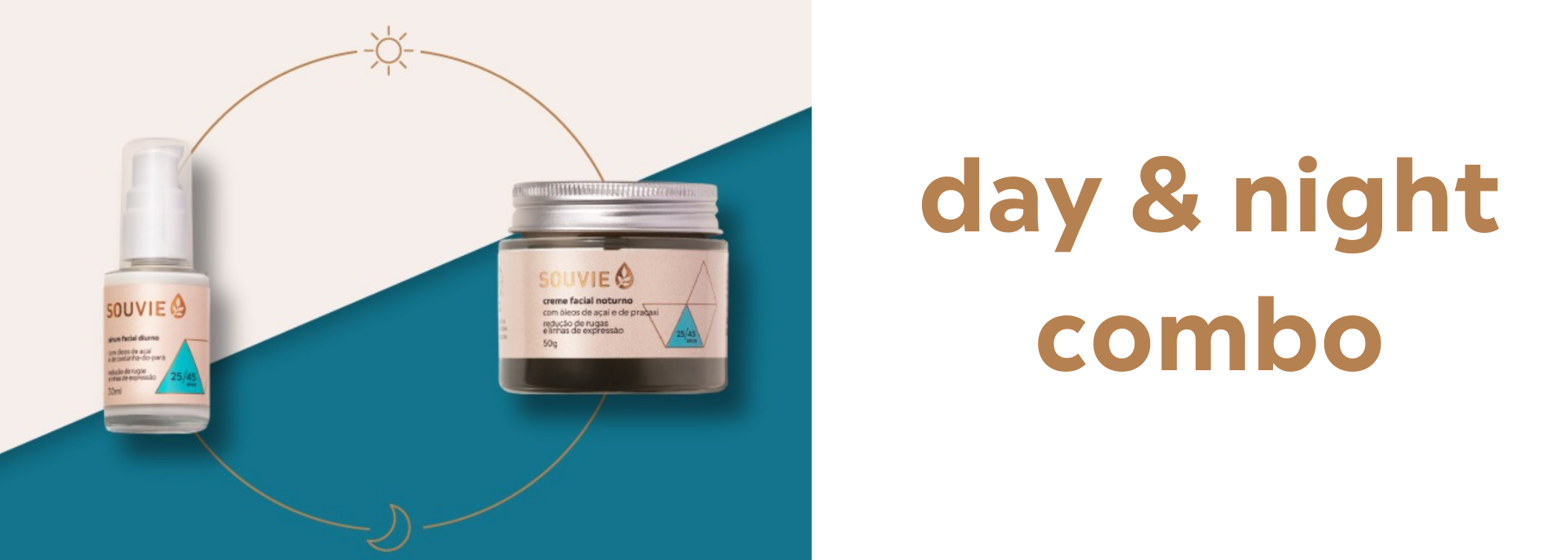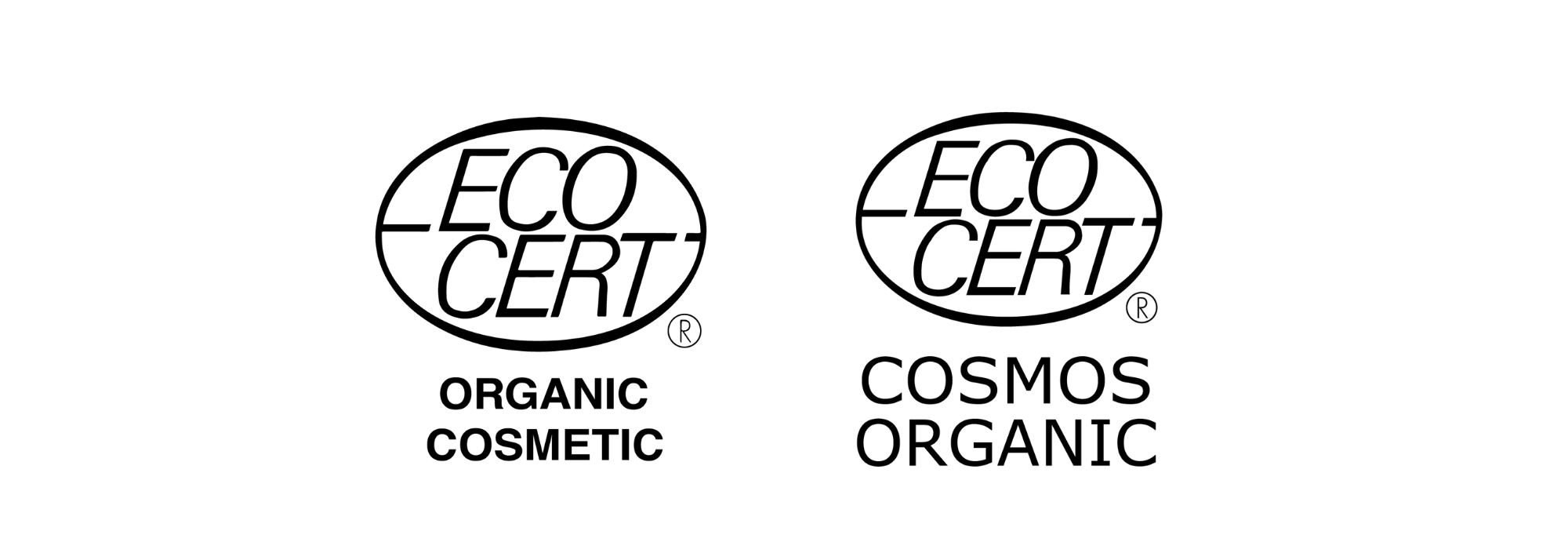Souvie has our entire line of cosmetics certified organic by Ecocert Greenlife. This means that each product meets the standards established by the certifier and corresponds to what is expected of a certified organic product.
There are many requirements we need to fulfil to achieve this, here's five of them to give you a better understanding of what it takes to carry the Certified Organic label.
1. Certified organic and free from animal testing
A major concern people carry centres around animal welfare in the production of cosmetics. Therefore, to show that a product is test-free, many brands use seals, such as the 'vegan product' seal or 'PETA.'
In the case of ECOCERT, for a product to be certified, both organic and natural, it cannot be tested on animals. The assessment goes further and bans the practice by suppliers as well. In other words, the entire production chain is coherent in maintaining this value.
2. Traceability of ingredients for a certified organic cosmetic
ECOCERT Greenlife must approve or certify all raw materials used, regardless of origin, and there is a list of allowed inputs and a list of prohibited ones. If a cosmetic is certified organic by Ecocert, it will not contain nanomaterials or genetically modified organisms, for example. In addition, many mineral and petroleum-based ingredients are banned.
3. Responsibility for ingredients of natural origin
Just because a raw material is of natural origin does not mean it is necessarily good for the environment. But with Ecocert, when we use any natural input, the certifier assesses how it is extracted and its impact on the environment. This care is extremely important, especially when we talk about ingredients such as palm oil and Bisabolol.
4. Formulation requirements
In the case of ECOCERT Greenlife, for a cosmetic to be considered natural, it must have at least 95% of ingredients of natural origin. For an organic product, in addition to this percentage, it is necessary that at least 20% of the inputs come from organic agriculture. In Souvie's case, most products exceed 40%, some reach up to 99% of raw materials from organic cultivation.
5. The means of production for a certified organic cosmetic
The place where certified organic cosmetics are produced also needs to be approved, undergoing periodic audits. The factory must meet strict standards, which even include requirements on the cleaning material used in the machinery. In addition, always seeking coherence, there is an incentive for companies that produce certified organic cosmetics to take measures in favour of sustainability .
More than just a seal for a certified organic cosmetic
In the search for market differentiation, many brands create their own seals or use the terms “natural” and “organic” referring to some ingredients of the formula, without the commitment to achieve everything that these nomenclatures contemplate.
That's why it's important to know the certifiers and the work they do, and in doing so you can see how being Certified Organic is for the consumer a seal of trust & transparency.







